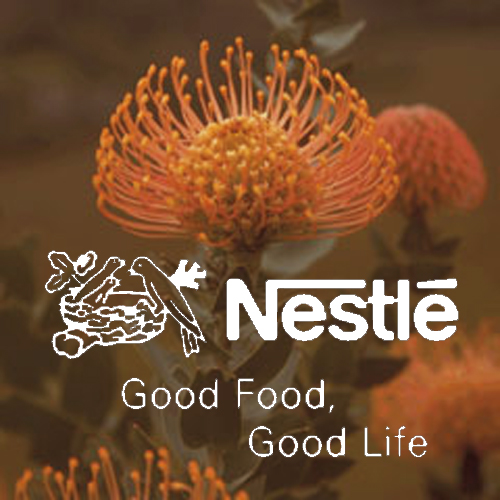
Nestle (which is now as most things in the U.S. owned by foreigners) is quietly trying to become the global owner of a plant that has grown wild and free in South Africa for as long as there have been bushmen: Roibos.
Or, as properly spelled in South Africa, Rooibos.
Rooibos as a live thing is not attractive. A field of them before they begrudgingly bloom once annually for 5 or 6 seconds looks like a microscope’s eye view peering into the netherworld of bacteria: a bunch of smallish thornless cacti covered with soiled socks.
And whatever truly living thing ever thought of consuming it obviously was climbing a wrung in human evolution. Most things won’t touch it.
I was first introduced to Rooibos when I was working in South Africa in the early nineties. After my first cup of Rooibos tea I felt that I was joining apartheid in a certain death.
But strangely, joining Marmite and Vegemite as healthy food that kids love at first taste, my suitcases coming home were filled with Rooibos tea for my son and daughter.
It took me about 20 years and a genius move by my local grocery store to add ginger to the brew, and I, too, now drink Rooibos. It’s all over America, now. Usually called “Red Bush Tea.”
(Calling Rooibos “red” is like calling the goo left on a wildebeest carcass before the vultures get it red.)
But enough personal ughing.
Rooibos is actually Good for the World. And Nestle has requested an international patent on the organic molecule that makes rooibos Rooibos and it’s found nowhere else on earth!
This is biopiracy and rape in its highest form.
South Africans of every disposition and color have been benefitting from rooibos for hundreds of years. The plant grows only in the Cedarberg Mountains of The Cape Peninsula. Scientifically known as fynbos.
South Africans believe that it can cure acne, slow ageing, inflammation and hair loss, and alter the course of your investments.
Except for the last attribute, the others are explained by rooibos’ explosive antioxidant, Aspalathin. “Most scientists believe the property is available only in the rooibos plant,” writes South African Khadija Sharife who first reported this story in the South African press.
Sharife writes in the current issue of Pambazuka that Nestle has applied for five 20-year patents claiming that it – the multinational – is the “discoverer” of how to extract Aspalathin, and several other molecules from rooibos and a close cousin, the honeybush plant.
And here’s the real affront. Nestle, a Swiss corporation, is not applying for the patent in South Africa, but in Switzerland!
And the Swiss patent office has the authority to issue patents that achieve instant worldwide global enforcement, including in the U.S.!
Sounds absurd, doesn’t it? But there is a wave right now of multinationals trying to patent biological agents, like molecules, all a seeming natural progression of the patent process of genetically altered agriculture.
Fortunately, this little end run on The Cape has been revealed. Natural Justice in South Africa, a South African based not-for-profit got on to the theft and has gotten the South African government involved.
It may not be enough. I for one can understand why no one wanted to patent Rooibos, but I guess we should listen more carefully to our kids. No one has tried to patent Rooibos before. Nestle is the first. That seems critical in the Swiss decision.
So Nestle is reported ready to fight South Africa in Swiss courts for a Cape plant.
What next? Kaka?